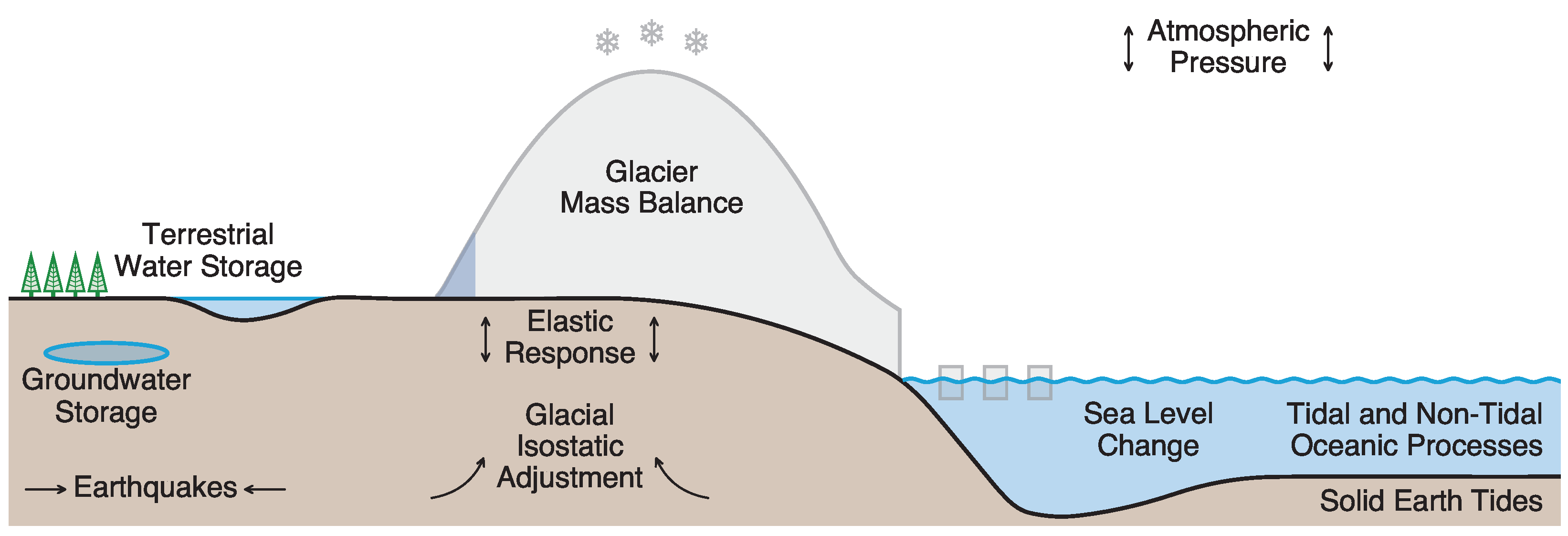I need to add more to the documentation. It's a continual work in progress.
So GRACE/GRACE-FO are sensitive to the total time-varying geopotential. If you are wanting to isolate a single process (like surface hydrology), then all other sources of time-varying mass should be removed. Some processes are already removed from the GRACE/GRACE-FO data (e.g. tides, non-tidal atmospheric variation, non-tidal oceanic variation). Some processes that are to be removed are their own options (e.g. Glacial Isostatic Adjustment). While other processes need to modeled/measured and then removed. That's what these options are for (removing sets of processes from the time-variable gravity data). There's a supporting repository of codes called model-harmonics that has functions for creating harmonics for some different processes.
What these options do:
remove_file: a data file containing harmonics to be removed from the GRACE/GRACE-FO dataremove_format: the format of this file (e.g. netCDF4, HDF5)redistribute_removed: uniformly redistributes the mass of this data over the ocean so that the total integrated mass (degree 0) is 0.mask: the land-sea mask used to redistribute the data over the ocean.
More context for this can be found in Sutterley et al. (2020).

Hello, when I use the GRACE-Harmonic-Plots.ipynb file under the gravity_toolkit/notebooks folder, when I go to Section 1.7 (Set Parmeter to Visualize Harmonics), I need to set four parameters in this section for importing and formatting some files (the comment is "removed from the GRACE/ GRACE-FO data", I don't understand what was removed), these parameters include widgets.remove_file, widgets.remove_format, widgets.redistribute_removed and widgets.mask, what these files are and what they do, this seems to be related to the recovery signal leakage in section 1.8, but I can't fully understand the role of these files, especially the lines 37~70 in section 1.8, can you help me understand what these files are and how to set these parameters? If so, can you provide some supporting literature related to it, thank you!